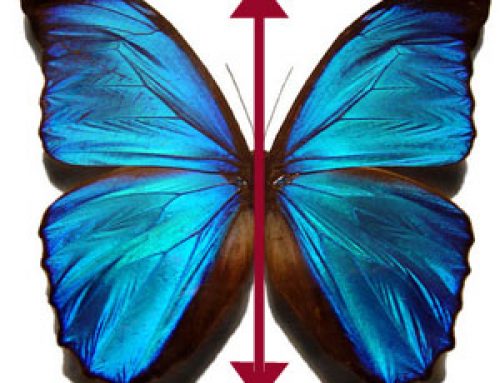
Endoplasmic reticulum inside a cell
What’s it made of?
The endoplasmic reticulum is made out of a lipid membrane, just like the cell membrane around the outside of a cell, or like vacuoles, or like the membrane around the nucleus of a cell.
Lipid membranes
Parts of a cell
All our biology articles
Probably it evolved about two billion years ago out of the cell membrane around the nucleus of the cell, just like vacuoles evolved from the cell membrane around the outside of the cell.
Eukaryote cells
Proterozoic eon
All eukaryote cells have some endoplasmic reticulum, or the remnants of one they used to have.
What does “endoplasmic reticulum” mean?
The word “endoplasmic” just means that it is floating in the cytoplasm of the cell. “Reticulum” is the Latin word for a little net. So the phrase means a little net that floats in a cell’s cytoplasm.
What is cytoplasm?
Nucleus of a cell
It is connected to the nuclear membrane that wraps around a cell’s DNA. So there is a direct connection between the cell’s nucleus and the endoplasmic reticulum. The lipid of the endoplasmic reticulum makes a maze of little tubes or tunnels.
What does the endoplasmic reticulum do?
Inside this maze of tubes, RNA molecules drift out of the cell’s nucleus. They match up with protein and sugar molecules floating around in the tubes to make new proteins, amino acids, and long chains of sugars and other kinds of large hydrocarbon molecules.
What is RNA?
Where do amino acids come from?
From amino acids to proteins
Hydrocarbon molecules
In one-celled creatures
One-celled creatures like amoebae use these molecules to repair their cell membranes and to break up their food into smaller, more usable pieces, and to reproduce themselves. Sometimes they send these molecules out of the cell to digest their food outside the cell before bringing it in.
In plants and animals
Specialized cells inside multi-celled creatures like plants and animals also assemble more specialized molecules, that they can send out of the cell to do things in other parts of the body. For instance, animal cells produce insulin inside the endoplasmic reticulum. Plant cells produce long sugar molecules. They use these sugar molecules to stiffen their cell walls so they can stand upright.
Where do the molecules go?
After the RNA is done assembling the new molecules, the molecules float away down the tubes to the Golgi bodies.
Golgi bodies
A project with Golgi bodies
Endoplasmic reticulum project – RNA and Legos
Parts of a Cell
Bibliography and further reading about the parts of a cell:




